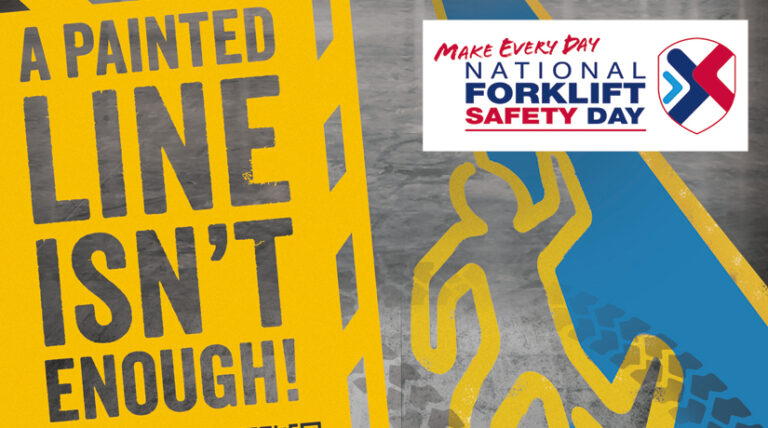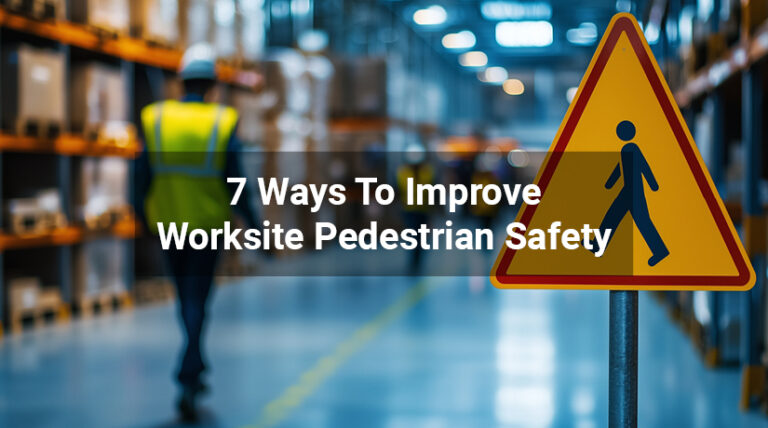Solutions – technological solutions – are a must for modern workplaces.
Technology in the industrial workplace is changing. There is a huge calling for smart solutions to reduce costs, improve worker productivity and decrease worker injuries. Depending on man-powered solutions is no longer sustainable and we can no longer rely on their accuracy.
Our modern world strives for (and expects) businesses to be continuously connected and to be provided with data. Those who grew up in the age of the internet and smartphones expect to see a continuous stream of data, with instant updates and exposure to a range of products that intuitively answers all their needs. This change in expectations has led to a rise in the demand for technology-driven products. Enter the Internet of Things.
What is the Internet of things?
The term ‘Internet of Things’ – or IoT – refers to the way internet connectivity can enable static objects to send and receive data to each other via the internet. This concept of the internet enabling static devices to communicate with each other extends beyond conventional computing platforms that we know already use the IoT, such as computers and mobile devices. It can be remotely monitored and controlled.
The IoT is answering this expectation for products that answer all the consumer’s needs. IoT turns everyday products into the equivalent of a smartphone; tools with such advanced features that enhances usability or increases efficiency.
Smart products have been driving innovation in numerous industries for the last half decade.
But why the quick change?
This reason for this rapid rise in smart technology adoption is easy to pinpoint. Hardware and electronics prices are continually falling, so the cost of connectivity and embedded sensors now appeals to companies who would like to adopt smart technology.
More and more companies each year have started to adopt sensors and connectivity to yield greater value; not just through the promise of data, but also by providing more efficient safety solutions and long term cost saving through the active prevention of accidents.
These smart products measure and react, but ultimately protect individuals and prevent tragic accidents and health issues.
How is this implemented?
This modern smart technology has impacted the field of personal protective equipment (PPE). Workers in many industrial industries rely on such protective equipment to ensure their safety.
Those that wish to employ PPE in their business share a common goal: to provide safety equipment that complies with government regulations, and also prevents workplace injuries and the costs involved.
The problems
It is completely up to employers to purchase ‘smart’ safety equipment and to adhere to safety regulations. The goal that they all share is to increase user safety, while decreasing injury related costs (as well as adhering to existing regulations).
From quarries to warehouses and construction sites, these work environments experience many hazards and dangers to staff. In 2017/18 there were 1.4 million workers suffering from a work-related illness, according to the HSE (Health and Safety Executive). There were 144 workers killed at work and £15 billion estimated cost of injuries and ill health from current working conditions.*
PPE innovations
Manufacturers are looking for innovative ways of improving worker health and safety using PPE and smart technology. US manufacturer Scott Safety has developed some PPE wearables and sensor-embedded solutions for firefighters, including a gas mask with thermal camera.
IoT is delivering innovation. With PPE, companies are beginning to produce technologies that improve performance while reducing error. Smart PPE can be in any form of personal protective equipment that’s connected to the internet and is also able to deliver real-time safety information. The main aim of Smart PPE is to reduce employees’ risk to danger thorough the data that is collected.
The real-time effectiveness of Smart PPE reporting enables on-site managers to detect and mark exactly when an employee is at risk of danger, and how often.
Smart sensors
Many industries realise the benefits of smart sensors and internet-connected technology for data-driven decision making. In the United States, more than 1/3 of manufacturers gather data via smart sensors to enable them to improve efficiency and their operating processes.**
Smart PPE improves productivity through connectivity and remote communication with live updates. Sensors can automate processes that currently take place via manual labour. For example, it can replace manual inspection of shipping containers. This can be replaced with a smart app and sensor that monitors leakage or temperature changes on these containers.
How does it work?
When a leak is detected in the container, the smart system sends an alert directly to the control room. The sensors have connectivity to mobile apps and storage on the cloud, making it easier and more efficient to create a safer environment and save time and expense.
Smart technology and health and safety
Preventing accidents and actively seeking ways to save lives at work saves costs that are associate with workplace accidents is a difficult task. Industries are slowly recognising that smart sensors and components, along with connectivity and data storage, enables personal protective equipment to offer better health and safety protection solutions.
‘Smart’ health and safety equipment can identify ‘pain points’ or areas that have increased risk of potential accidents. Trials have already taken place in the oil industry, with a network of connected sensors that prevents accidents on offshore oil rigs.***
The importance of data management
On an industrial work site, be it a quarry, warehouse, port or mine, near misses and areas of risk can easily go unreported and overlooked.
ZoneSafe Insight is a cloud-based management system that works with all ZoneSafe systems to identify, monitor and log all site activity to enable easy analysis of potential incidents, including near-miss occurrences and high risk activities.
How Insight works
ZoneSafe Insight ™ is a cloud-based system used by site managers and supervisors. The system enables them to make insightful and informed decisions relating to site safety.
The system provides users with essential information recorded by each ZoneSafe system and is displayed in a user friendly, graphical report format. This enables easy analysis of events and identification of incidents such as near-miss occurrences or high-risk activities.
Insight also has the ability to check battery levels, track personnel and vehicle movement, restrict access and more.
ZoneSafe Insight ™ employs data management using your own wifi network, and enables the user to:
- Identify, analyse and compare events
- Manage safety performance
- Log near-miss reporting
- Set up alerts
- Generate reports and share data
- Link with GPS location tracking module
- Link with other ZoneSafe applications
Technological solutions are a must for your workplace – and for staff safety. ZoneSafe’s applications use RFID (Radio Frequency Identification) technology to detect those staff who work in close proximity to vehicles in quarries, such as wheel loaders, haul trucks and quarry excavators. RFID technology enables detection without line of sight and can ‘see’ through obstructions.
ZoneSafe’s Insight™ uses GPS (Global Positioning) technology to record frequent near-misses and high-risk areas of sites.
Why use standard safety features such as blue spot, flimsy barriers or cheap camera systems, when you can use modern technological solutions to ensure upmost safety of your staff?
To find out more about the ZoneSafe Vehicle to Person Alert or Insight™, visit www.zonesafe.net
**Link to citation here
***Link to information here




